The Lasting Impact Of The Lost Moors
You might not be familiar with the group of people referred to as “The Moors”, but they were responsible for introducing Europe to many new concepts and technologies. This made them some unsung heroes of modernized music, farming, math, and more. If you’ve ever played Chess, you have the Moors to thank! While the term “Moors” has been used to refer to many different groups, most Moorish influence comes from their occupation of Spain. We’ve collected some interesting facts about the Moorish rule in Spain and how it influenced the rest of Europe in ways we can still see today.
The term “Moors” has been used to refer to many different groups of people
“Moors” is a term coined by Europerans to refer to many different groups throughout history. Most commonly, The Moors were Muslims who inhabited Spain, but it has also been used to refer to Europeans of African descent. One of the more famous references to the Moors is in Shakespeare’s play Tragedy of Othello.
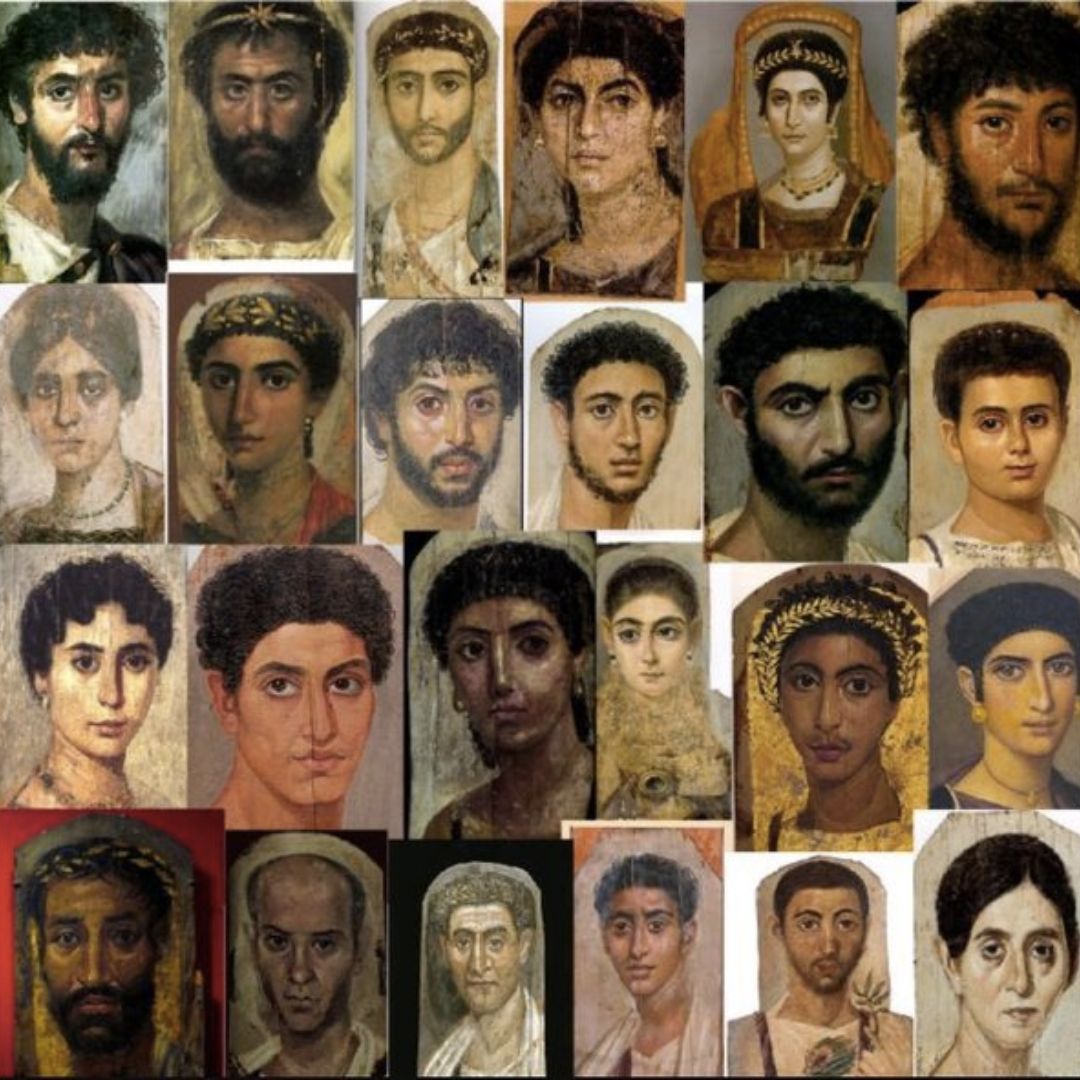
Source: reddit.com
This has caused some confusion among historians studying the influence of the group, so most often, the term refers to Muslims who inhabited Spain. This group brought great invention and modernization that influenced society.
The Moors ruled in Spain for 800 years
The Moors invaded Spain from northern Africa in 711 AD and maintained control for 800 years. A scholar described the invasion as being “quicker than the tongue can tell”. The Moors were swift and fierce conquerors.
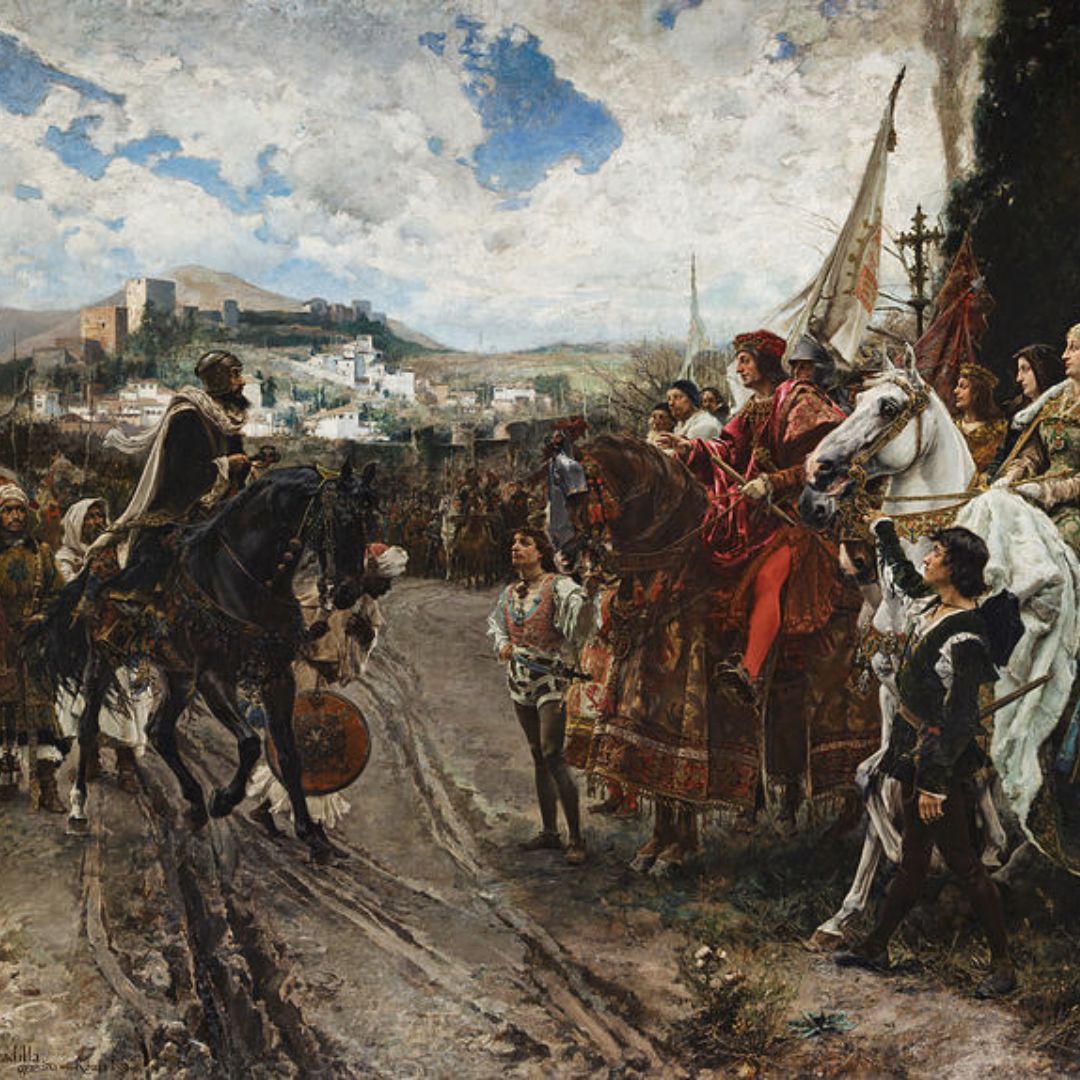
Source: thepicta.com
Their main reason for invading Spain was to gain wealth. Isn’t it always? They gained wealth from the initial conquest as well as the jizayh tax. This tax was applied to the largely Christian and Jewish population of Spain.
They introduced new technology to Europe
The Moors influenced many aspects of modern life. They brought early ideas of algebra, chemistry, astronomy, geography, and philosophy to Spain. They were incredibly impactful in shifting Europe out of the Dark Ages and into the Renaissance.
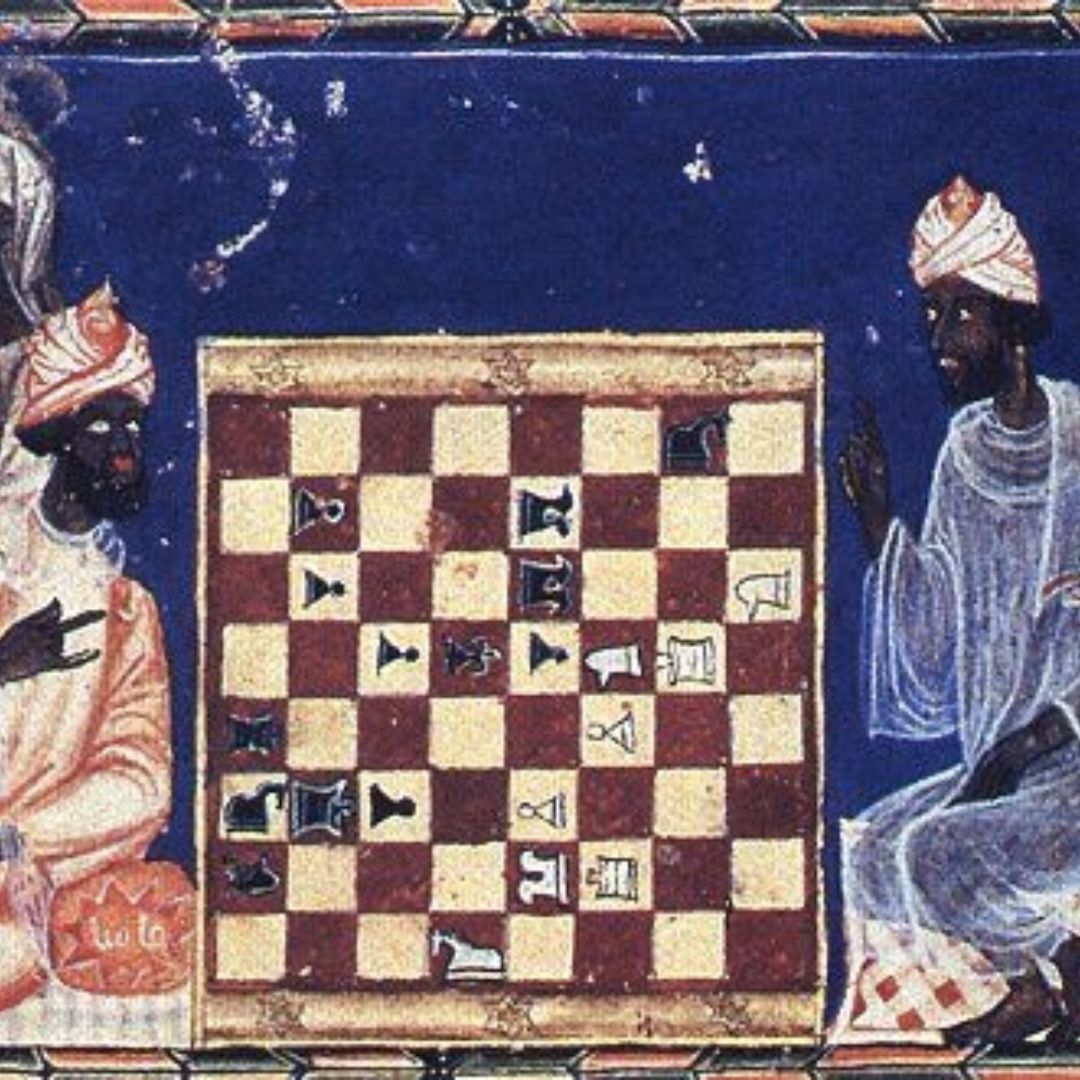
Source: chess.com
They were a very modernized society for the time, building a music school and introducing Europe to Chess. Córdova, a territory in the heart of Moorish territory, was the most modern city in Europe. Streets had sidewalks and street lights and there were public baths to ensure all Moors were clean. These advancements were well before their time. The city of Paris didn’t have a paved street until hundreds of years later.
Education was universal in Moorish Spain
Education was available to all and encouraged for everyone! Meanwhile, in the mostly Christian parts of Europe, most of the population (rich and poor) were illiterate. Even kings couldn’t read or write!
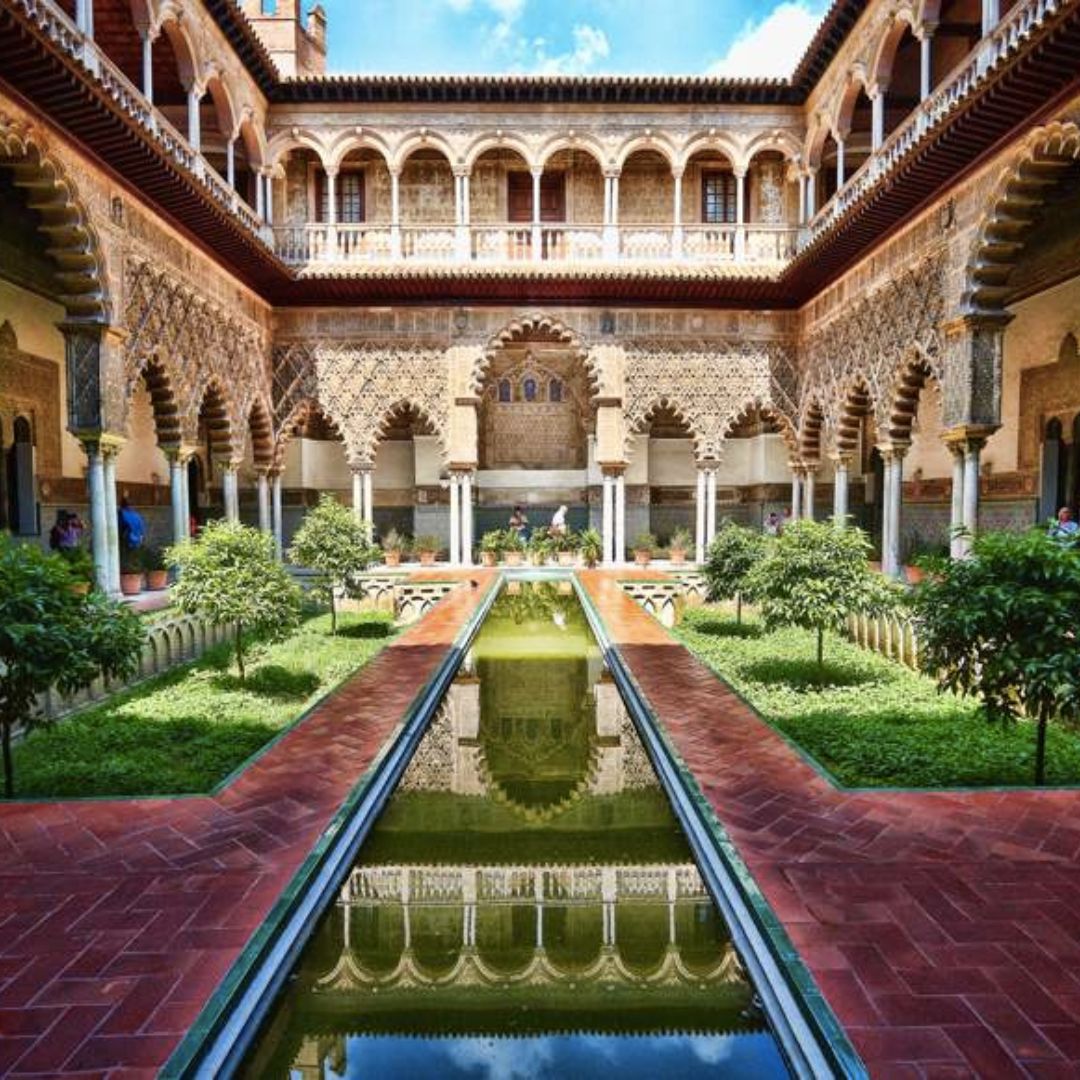
Source: vrbo.com
While Europe had only 2 universities at the time, the Moors had 17 located around Spain. They also had more than 70 public libraries with thousands of manuscripts because they were responsible for bringing paper-making to Spain as well. The Moors’ interest in education was the biggest reason for their influence in Europe.
They introduced many new crops to Spain
In addition to education, The Moors also brought new crops and agriculture techniques to Spain. Many of the crops they brought are still some of Spain’s most common products to this day. They introduced fruits such as oranges, lemones, peaches, apricots, and pomegranates.
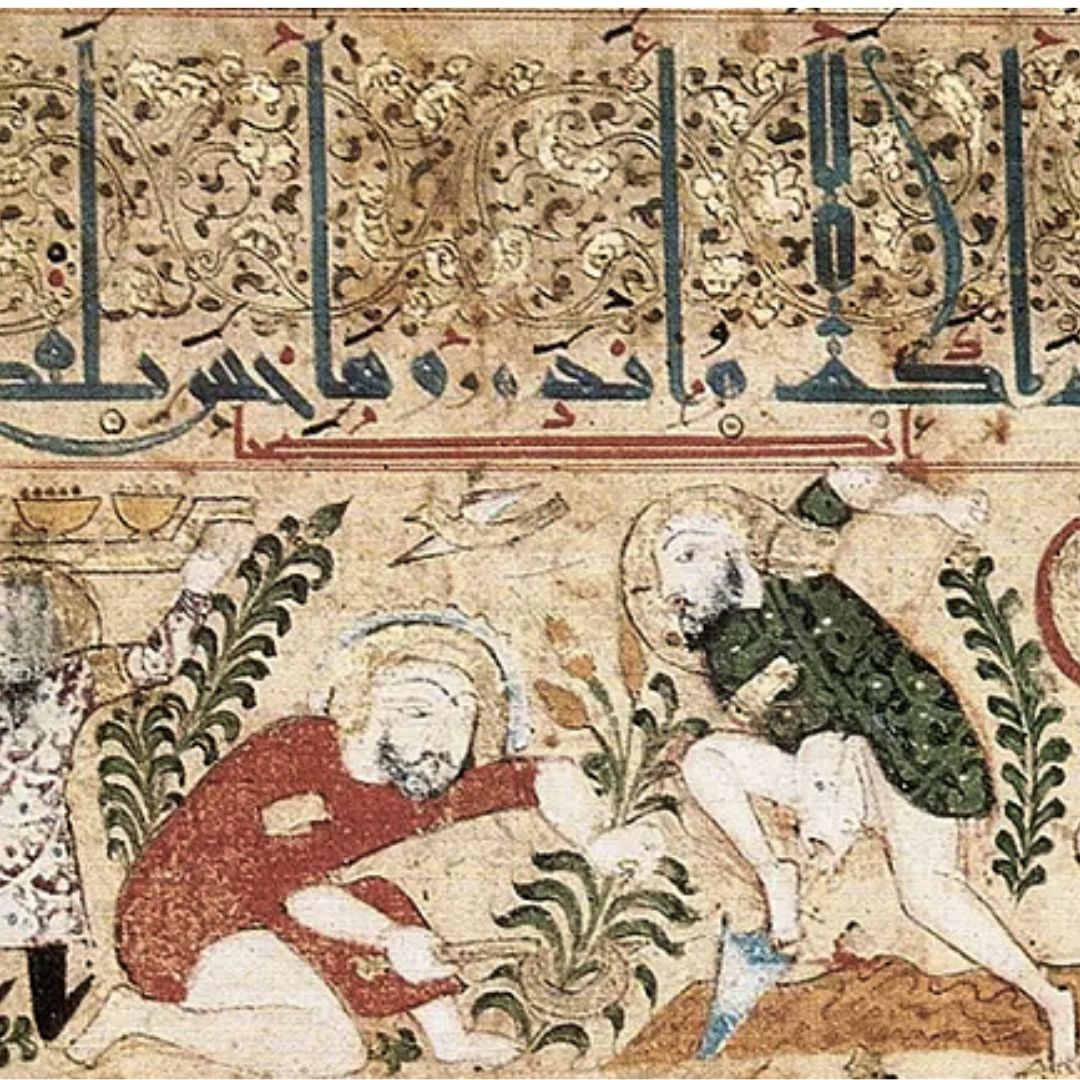
Source: popscreen.com
Other crops they brought include wheat, sugar, ginger, cotton, and rice. Their knowledge of irrigation and farming allowed for these crops to grow and flourish. The fact that all of these crops flourished and exist in Spain to this day is proof of their extraordinary talents.
They integrated Arabic words into the Spanish language
Spain is influenced by many groups of people who settled there at different times throughout history. The Moors, of course, had a huge influence in many different areas of culture and innovation. During the 800 years that they inhabited Spain, they influenced the Spanish language.
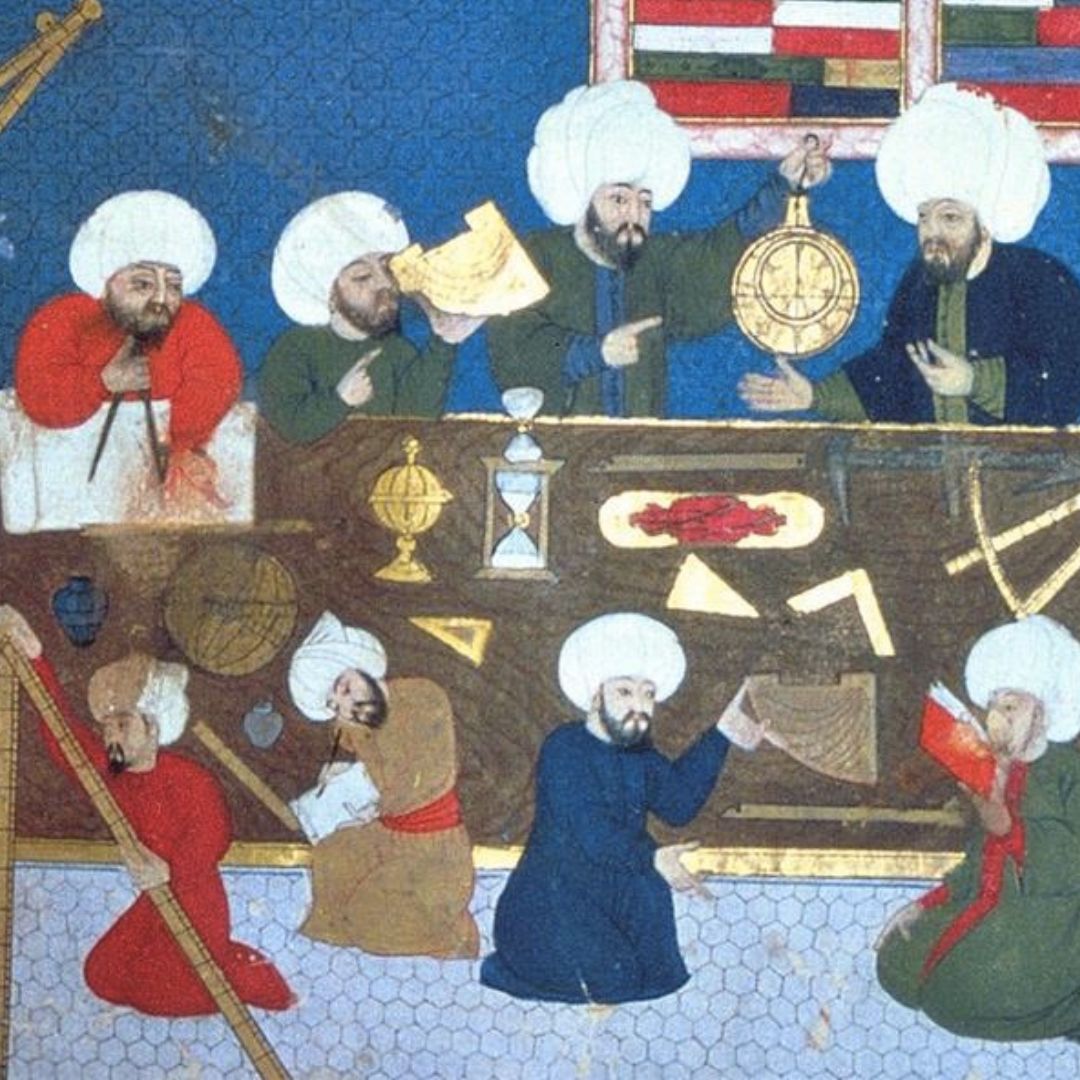
Source: akg-images.com
Over 4,000 words in the Spanish language come from Arabic! The Arabic influence is something that separates Spanish from the other romantic languages such as French, Italian, and Portuguese. One example of a Spanish word with Arabic influence is “Algodón”, meaning “cotton”.
They invented a new scientific astronomy tool
The Moors shared the astrolabe, which was a tool used to measure the position of the stars and planets. It was a device well beyond its time. The tool’s usefulness was two-fold: scientific and spiritual.
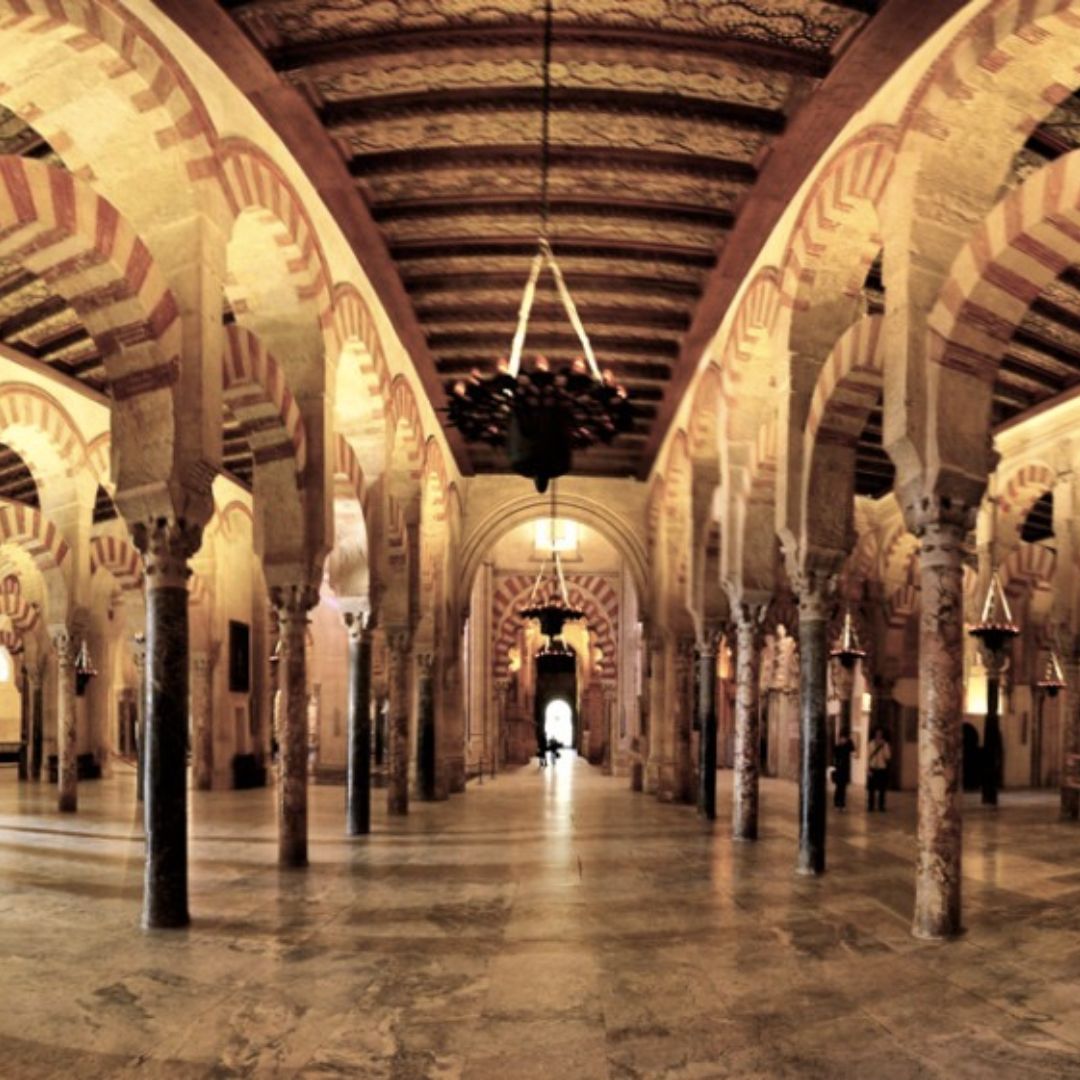
Source: tripadvisor.com
It was used to find the direction of prayer in Islam and Europens in the Middle Ages used it to decide when to go into battle based on the zodiac. Science and astronomy were of great interest to the Moors and their wealth of knowledge of the astrolabe might just have led us to the iPhones we all use today.
They are responsible for one of the architectural wonders of the world
The Great Mosque of Cordoba (La Mezquita) is widely regarded as one of the most interesting architectural structures in the world. It has a purple and gold roof and is supported by 1,000 columns of jasper.
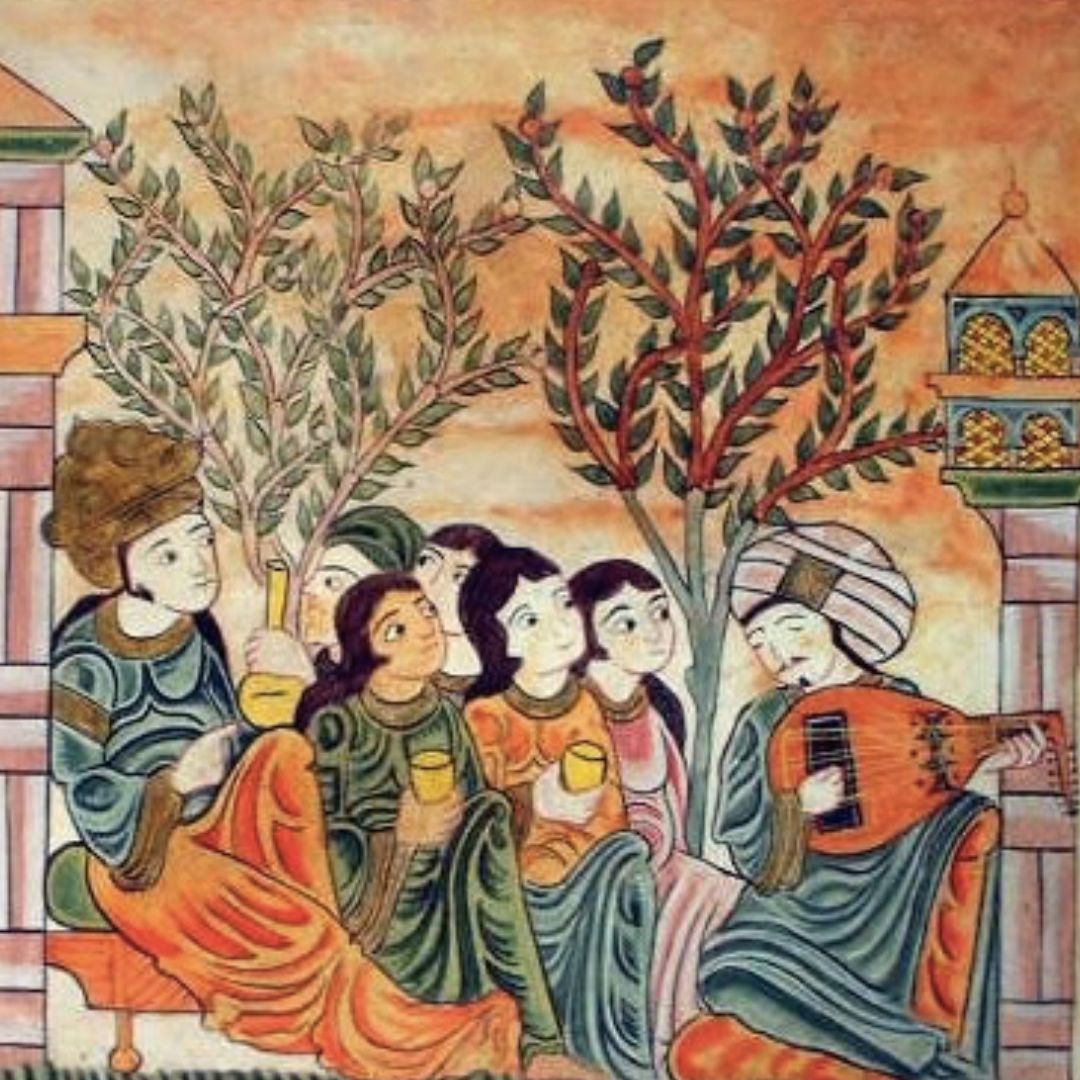
Source: webislam.com
It’s well known for its unique details and recognizable striped arches and high vaulted ceilings. Orange trees were imported and planted in the garden of the structure and still exist there today. Like many other Moors traditions and values, the architecture influenced Western religious structures. Today, you can visit the Mosque-Cathedral for sightseeing.
They introduced some of the first instruments
The Moors introduced several musical instruments to Europe, including the Lute, the guitar, and the Lyre. The most well-known Moorish musician was named Ziryab, also known as the Blackbird. His music was entirely unique and original. Their music was heavily influenced by the Arab tradition of singing and poetry.
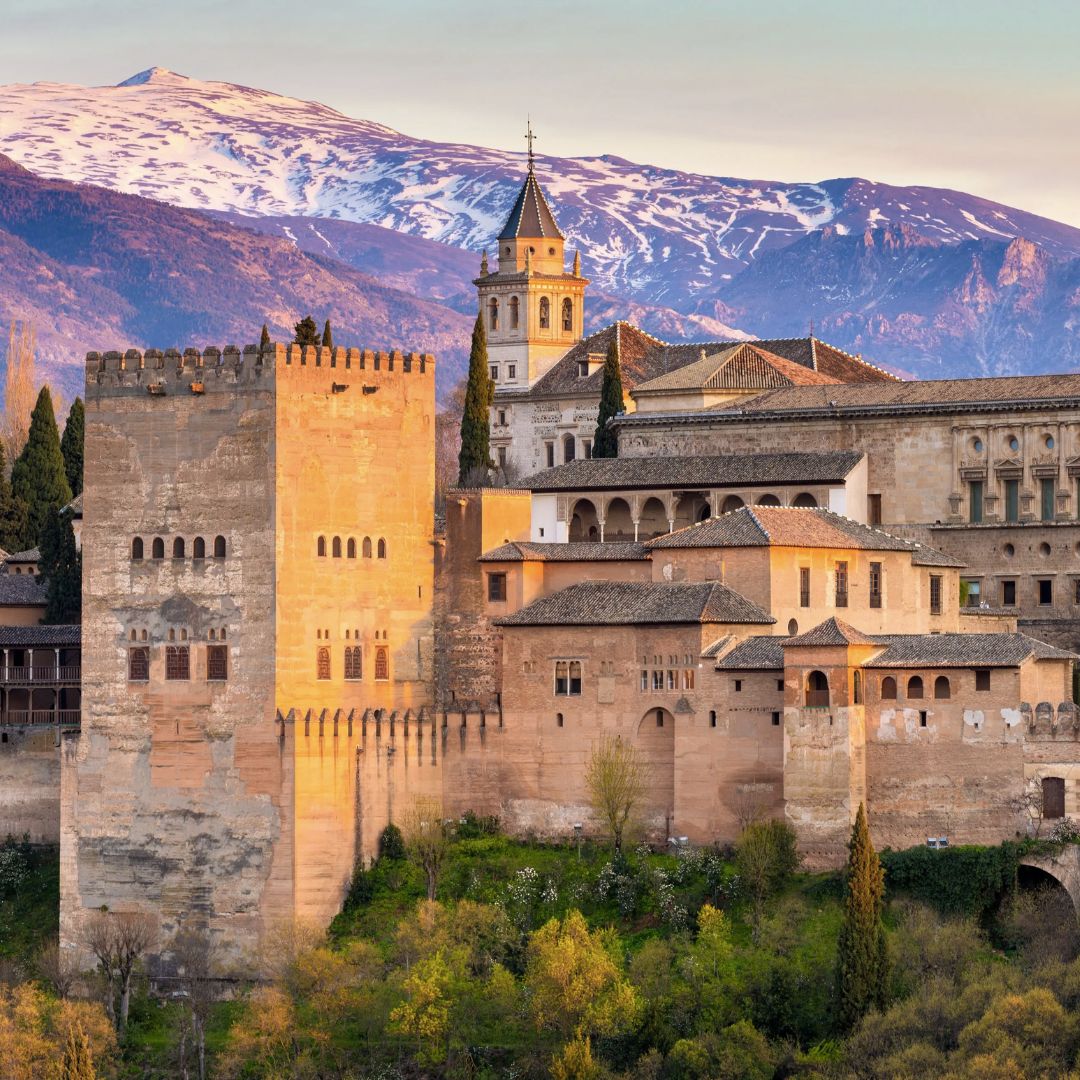
Source: instagimg.com
They established a music conservatory which we might call a concert venue today. It was the first of its kind, which seems to be something of a trend for the Moors. The Spanish guitar and flamenco music have the Moors influence to thank.
The Moors lived in palaces
Moorish royalty lived in palaces while the higher-ups in French and German society were still in barns without windows or chimneys. As with many other practices, the Moors were years ahead in terms of progress and modernism.
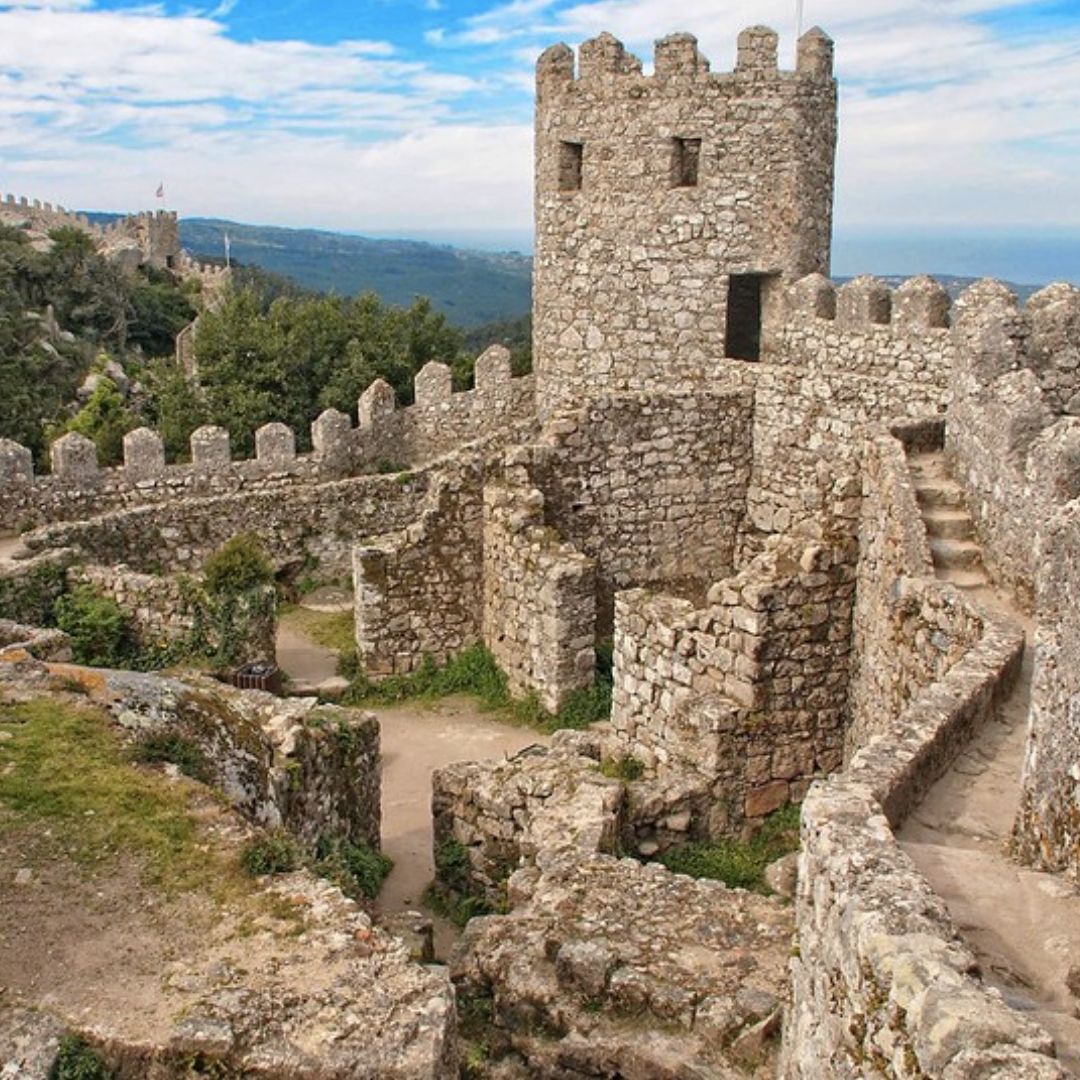
Source: flickr.com
One recognizable palace is the Alhambra, meaning “the red one”. It’s one of Spain’s many masterpieces. The Moors had the foresight to build the palace on high ground to be able to see enemies approaching. Many of their palaces and other important buildings were strategically placed to see incoming enemies.
They Built the Castle of Moors
The Moors built the Castle of Moors during their conquest of Spain, which included a small portion of modern day Portugal as well. The castle was built on top of a hill to act as a strategic military location and held great significance for the Moors throughout the time that they ruled in Spain.
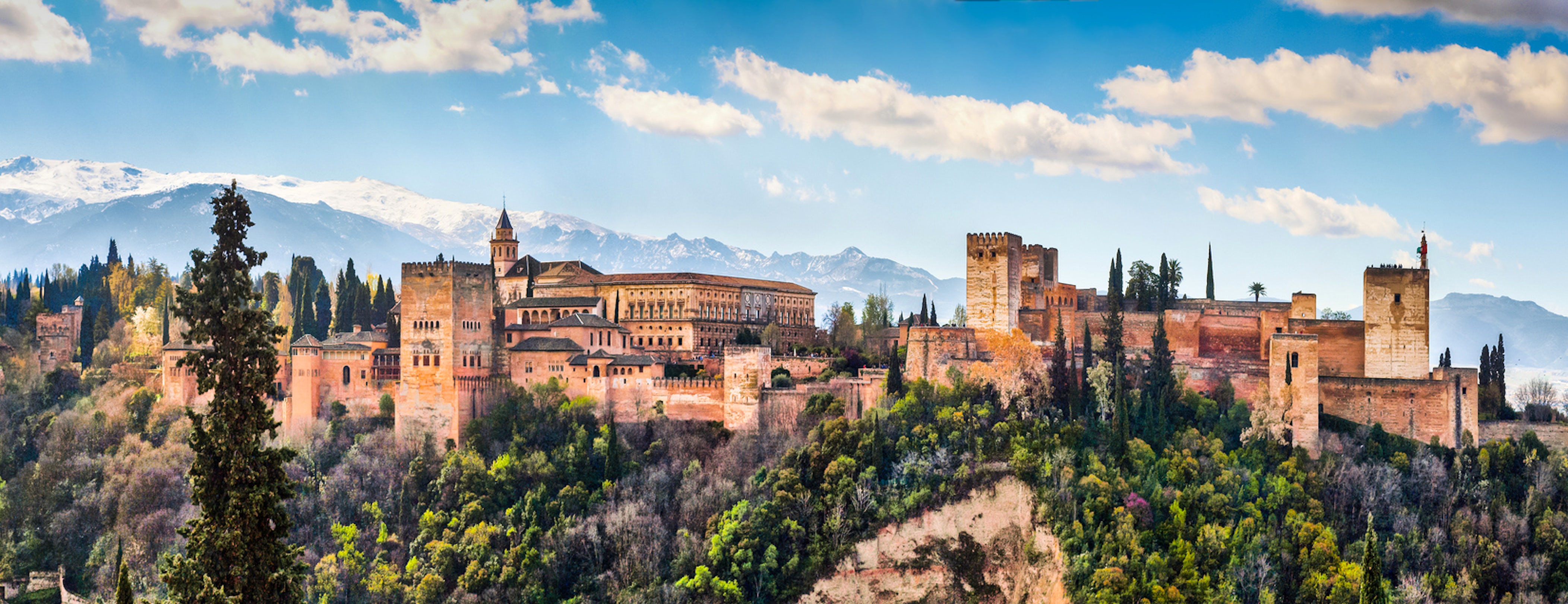
Source: reddit.com
In 1108, the castle was seized by a Viking named Sigurd the Crusader but fell into the hands of Moors again when the Vikings left. Finally, it was captured by the King of Portugal. From then on, Portugal monarchs used the castle, but not to the extent to which the Moors had. Today, you can visit the castle, enjoy the amazing views, and climb the towers which the Moors used to defend the area.
